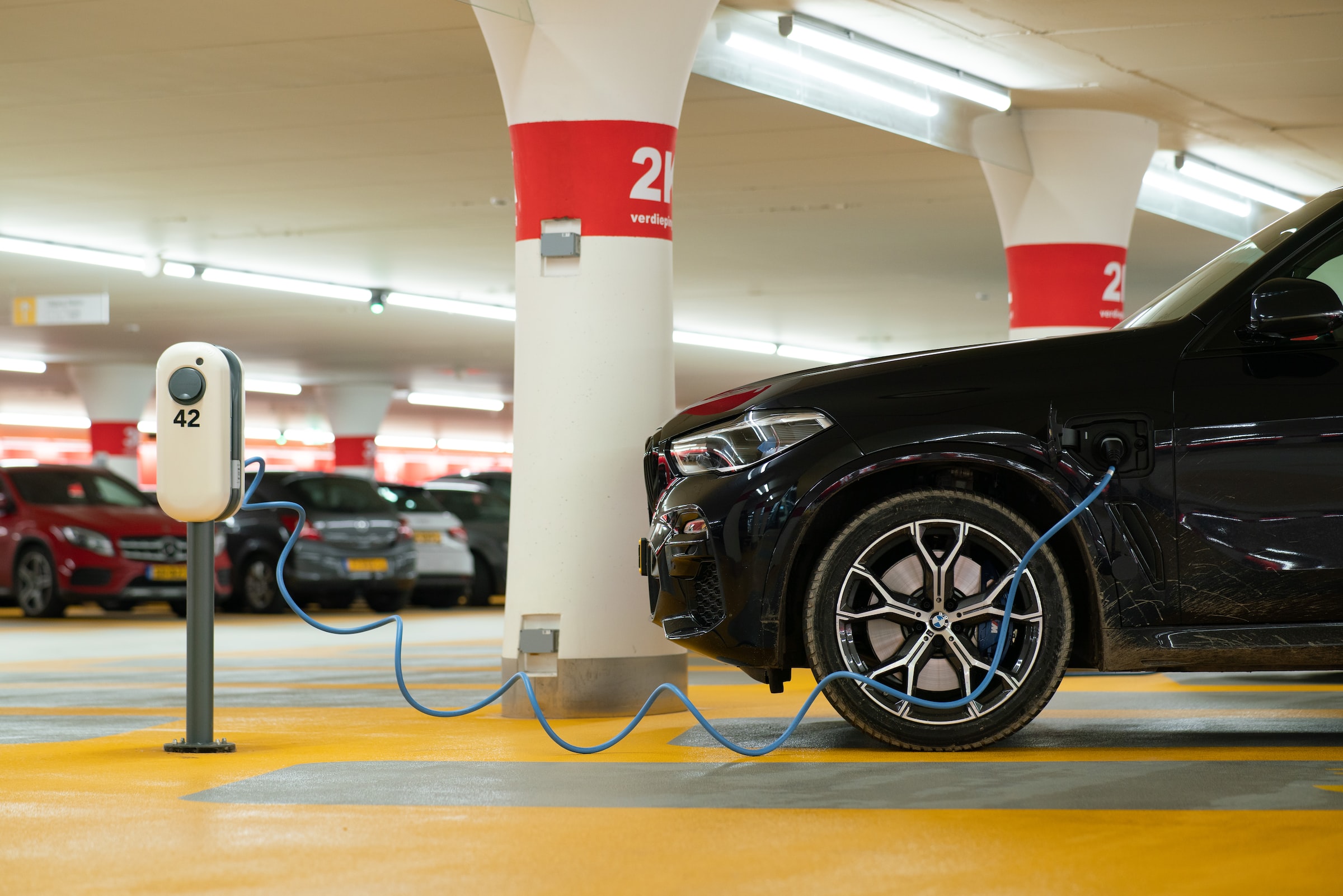


#Electric Vehicles #low emission vehicles #Vehicles #zero emission vehicles
Doug Fogelson
The United States continues increasing production of electric vehicles (EVs) and even some potential zero emission vehicles (ZEVs) that run on hydrogen fuel cells. The state of California has mandated that all new cars produced there must be EVs by 2035. While this is a powerful way to shift away from the fossil fuel industry, which is the primary source of greenhouse gas emissions, it still relies on the need for electricity to charge so many types of EVs, and that electricity often currently comes from non-renewable fossil fuel based sources.
Additionally, key natural elements that are needed to make semiconductor chips and batteries for EVs are often dependent on carbon intensive supply chains or mining processes that can be unstable and unfair. Infrastructure to distribute charging stations needs to be universally accessible, convenient, and affordable for short or long-distance transit, as it is in some regions and still lacking in others.
All of that said, the world at large is undergoing a change to infrastructure that will reduce petroleum/fossil fuel powered cars and trucks currently on our roads and highways. Increasing local solar charging, implementing battery and storage improvements (even using the idle cars themselves as community storage), demanding cleaner and more equitable production and mining of the needed materials to make these products, and even building more “clean” nuclear power infrastructure are some solutions that can help EV adoption become the new norm.
On a local level, most urban and suburban driving is short distance, isn’t it better to do so without adding direct emissions and help reduce harmful pollutants in the inevitable commuter traffic? We can “act local and think global” by advocating for well-regulated forms of transit while making the shift to electric vehicles powered by renewable energy.
EV batteries require which of these rare earth metals?